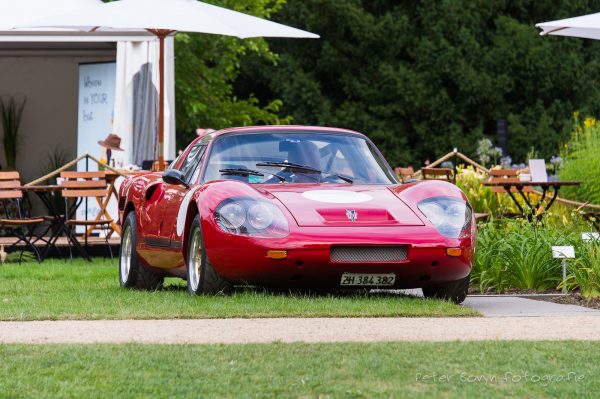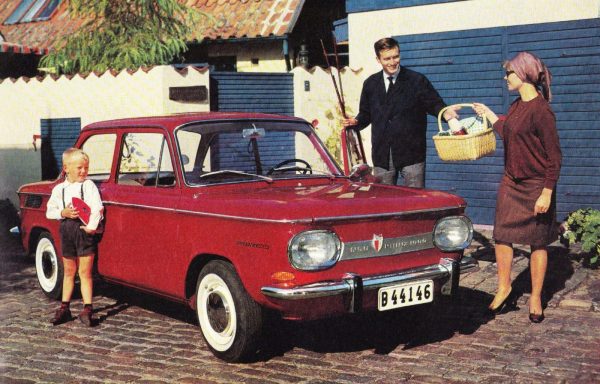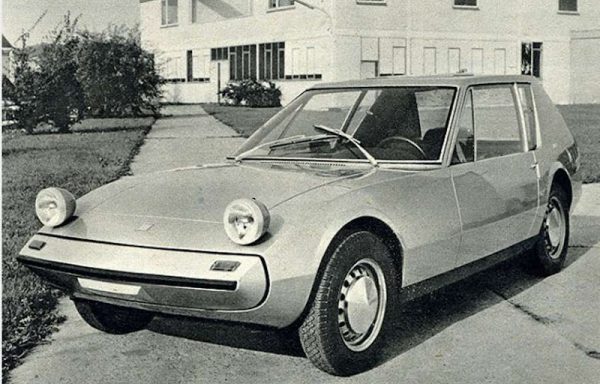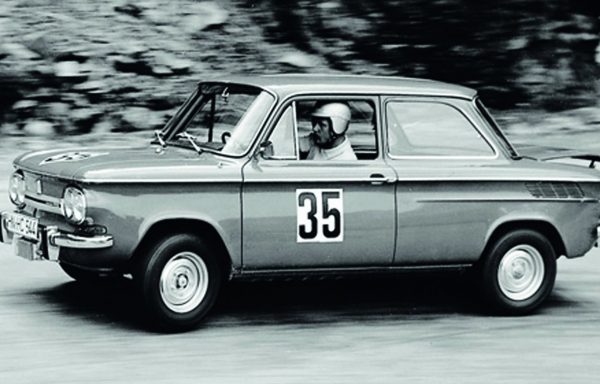NSU Thurner RS
A Unique Racing Legend
The NSU Thurner RS, introduced in the mid-1960s, was a remarkable collaboration between NSU and renowned motorsport engineer Alfred Thurner. This lightweight sports car was designed for racing enthusiasts, emphasizing performance and agility. The Thurner RS represented a fusion of innovative engineering and classic design, making it a standout in the world of motorsport.
The NSU Thurner RS was an ambitious and rare sports car that utilized NSU’s technology, particularly the Wankel rotary engine, in a lightweight, performance-oriented package. Manufactured in the early 1970s, the Thurner RS was a product of the vision of engineer and racer Adolf Thurner, who sought to combine NSU’s innovative rotary engine with a unique, mid-engine design for an exhilarating driving experience.
Historical Background
The NSU Thurner RS was developed by Adolf Thurner, a German engineer with a passion for motorsports and vehicle design. Thurner envisioned a lightweight, high-performance sports car that utilized the advanced Wankel rotary engine, which NSU was pioneering at the time. Launched in 1970, the Thurner RS was essentially a niche sports car, built in limited quantities due to the high cost and specialized production. Only around 121 units were produced until 1974, making it an exclusive model highly prized among collectors today.
The Thurner RS was based on NSU’s Ro 80 model, from which it borrowed the engine and drivetrain. Its unique combination of a rotary engine, lightweight fiberglass body, and mid-engine layout made the RS a distinct and advanced sports car, appealing to drivers who appreciated engineering innovation and exceptional handling dynamics.
Technical Specifications
The NSU Thurner RS was designed with a focus on power-to-weight ratio and mid-engine handling balance, delivering a spirited performance for a car of its time. Here are the key specifications of the Thurner RS:
- Displacement: 1,000 cc (equivalent to 497 cc per rotor, twin-rotor Wankel engine)
- Compression Ratio: Approximately 9.0:1
- HP Output: Approximately 115 hp at 6,000 rpm
- Torque Output: Around 14 kg/m at 4,500 rpm
- Transmission: 4-speed manual
- Length: 3,500 mm
- Width: 1,600 mm
- Height: 1,100 mm
- Weight: 680 kg
- Wheelbase: 2,050 mm
- 0-100 km/h: Approximately 8.5 seconds
- Top Speed: Around 180 km/h
Design and Mechanical Features
The Thurner RS was built to embody the spirit of a high-performance sports car, with a lightweight fiberglass body, rear-wheel drive, and a centrally positioned rotary engine. Its construction and layout were rare for the time, and the car’s sleek, low profile underscored its focus on agility and speed.
- Rotary Engine:
- The RS was powered by a twin-rotor Wankel engine sourced from the NSU Ro 80, a revolutionary car in its own right. The Wankel engine’s compact design made it ideal for a mid-engine sports car, providing both power and weight savings.
- This engine delivered smooth power with high revving capability, characteristics that suited the Thurner RS’s performance-oriented design.
- Lightweight Fiberglass Construction:
- The body of the Thurner RS was crafted from fiberglass, a choice that significantly reduced the car’s weight. This lightweight material contributed to the car’s impressive power-to-weight ratio, enhancing acceleration and handling.
- The design was both aerodynamic and distinctive, with sleek lines and a low-slung stance that conveyed speed and agility.
- Mid-Engine Layout:
- The mid-engine configuration allowed for excellent weight distribution, improving handling and stability. Placing the engine behind the driver but in front of the rear axle gave the RS a balanced center of gravity, which contributed to its sharp handling and agility.
- This layout was unusual for a car at this price and performance level in the early 1970s, making the RS a unique proposition.
- Suspension and Braking:
- Front Suspension: The Thurner RS was equipped with a wishbone suspension system at the front, optimizing cornering performance.
- Rear Suspension: It used a trailing arm setup at the rear, which provided stability and control under acceleration.
- Braking System: The RS was fitted with disc brakes on all four wheels, providing adequate stopping power to match its performance capabilities. This setup enhanced safety and responsiveness, especially in high-speed scenarios.
- Interior Design:
- The RS’s interior was minimalist, designed with a focus on functionality and performance. It offered basic instrumentation to monitor the engine’s performance, including speed, RPM, and temperature gauges.
- Seating was comfortable but spartan, as the car prioritized weight reduction over luxury. The interior reflected the car’s sporty purpose, providing an immersive driving experience without unnecessary frills.
Driving Experience and Performance
Driving the NSU Thurner RS was an exhilarating experience, thanks to its mid-engine layout, lightweight construction, and high-revving Wankel engine. The combination of these features resulted in a car that was quick, agile, and responsive, capable of holding its own against larger and more powerful sports cars of the era. The smooth, high-revving nature of the rotary engine provided a unique driving sensation, with power delivered linearly and predictably.
The Thurner RS was known for its excellent handling dynamics, especially in sharp turns, where the mid-engine layout and lightweight body allowed for minimal body roll and quick cornering. The car’s low weight and rear-wheel-drive setup made it easy to maneuver, although its handling could become challenging at the limit due to the unique torque curve of the rotary engine.
Legacy and Impact
The NSU Thurner RS is celebrated today as an example of independent automotive innovation. Its advanced engineering, mid-engine design, and use of the Wankel rotary engine positioned it as a unique and desirable sports car. While it never achieved high production numbers, its exclusivity and engineering make it a collector’s item that commands attention among rotary engine enthusiasts and classic car collectors alike.
The Thurner RS’s influence is seen in its bold approach to using lightweight materials, compact rotary power, and a mid-engine configuration—choices that would later be emulated by high-performance cars in the decades that followed. The model’s rarity and technical curiosity keep it an enduring symbol of NSU’s and Adolf Thurner’s legacy in automotive history.




